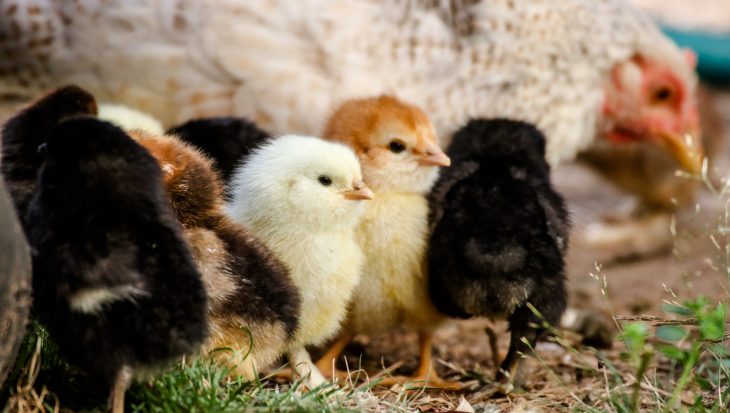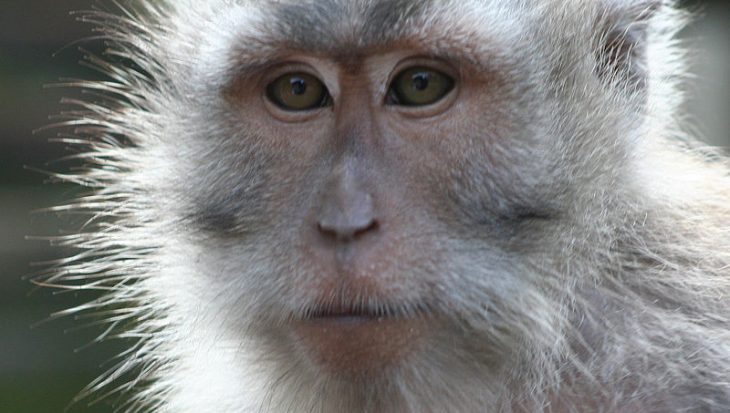Twenty years ago this week, Parliament passed the law that governs animal research in Britain. It is an unhappy anniversary, despite claims by pro-vivisection lobbyists that the 1986 Animals (Scientific Procedures) Act (ASPA) is the most humane, wise and scrupulously enforced legislation of its sort in the world.
Under ASPA, animal researchers are granted licences to perform “regulated procedures” that may cause animals “pain, suffering, distress or lasting harm”. The Act’s principal purpose, as enunciated by the Home Office, is to minimise this suffering; to require that no more animals are used than is necessary; and ensure that, wherever non-animal research methods exist, they are employed. That, however, is the Government’s dreamily unreal version of ASPA in action.
The Act’s true function is to fast-track animal research on behalf of commercial and academic interests that are famously impatient with “unnecessary red tape”. According to ASPA’s hall-of-mirrors logic, the creatures experimented upon are “protected” animals. Equipped with the appropriate paperwork, licence holders can submit them to otherwise unlawful torments, including poisoning, burning and surgical mutilation.
Drug companies use animals supposedly to test the safety and effectiveness of novel compounds, generating vast bundles of data along the way, which they present to the regulatory authorities in return for a product licence. A rational means of gauging safety is to use testing systems that relate directly to our own species: human cell-based methods, computer modelling, microdosing etc.
Animal models are favoured, however, because researchers can produce the data that suits their purposes by carefully selecting the species used. Even within species – ie an infant compared with an adult rat – variable responses to toxic insults can be stark. Such anomalies allow pharmaceutical companies to bury bad news about a drug it wants licensed under a welter of more favourable data.
This kind of corporate deception will not last if we have many more high-profile catastrophes such as the painkiller Vioxx, which caused thousands of heart attacks, despite lab tests showing it to be protective of monkeys’ hearts. Similarly, the monoclonal antibody TGN1412, while causing nightmarish side effects in human volunteers, had previously left animals undamaged despite their being given doses 500 times larger.
University and hospital research departments use animals – unconvincingly, it should be said – to explore human disease. While altruism is present, this is a merry-go-round world governed by the need to do “important” research that is published in “quality” scientific journals, which in turn attracts more funding to conduct further research
Given that animals are integral to the self-interested research agendas of the commercial and academic biomedical sectors, what checks upon their ambitions does ASPA offer? Does it ensure transparency, appropriate scrutiny of licence applications, enforcement of the rules, and the promotion of non-animal research methods?
Transparency: the most serious criminal offence under the Act is to breach the secrecy provisions enshrined in Section 24. Even the most straightforward information must be regarded as confidential, if so marked.
Enforcement: no animal researcher has ever been prosecuted under the Act, despite undercover investigations showing, for instance, dogs being punched violently and data being fabricated, brain-damaged monkeys left unmonitored overnight following surgery, and researchers laughing as they smashed live mice against bench tops to kill them.
Scrutiny: there are currently 30 HO inspectors whose job is to monitor the conduct of the three million procedures that are carried out annually at 227 research establishments. They must also assess all new applications. The impossible workload, combined with a laissez-faire doctrine, means that applications go through on the nod. Researchers reflexively declare that the potential gain to humanity outweighs the animal suffering and specify whether that suffering will be mild, moderate or substantial. Cambridge University judged that bleeding head wounds, fits, vomiting, severe bruising and whole-body tremors suffered by marmosets amounted to “moderate” suffering.
The whole concept of “alternatives” is, in any case, a nonsense, given that the Home Office admitted in a March 2004 parliamentary answer that it had never formally assessed whether animal experiments actually deliver reliable results. Seeking alternatives to an unproven research method is at best unscientific.
Claiming that ASPA is the gold standard that should be globally replicated is equally risible. The government should heed the demand of 200-plus MPs (Early Day Motion 92) and facilitate an independent scientific evaluation into the whole business of animal research.

